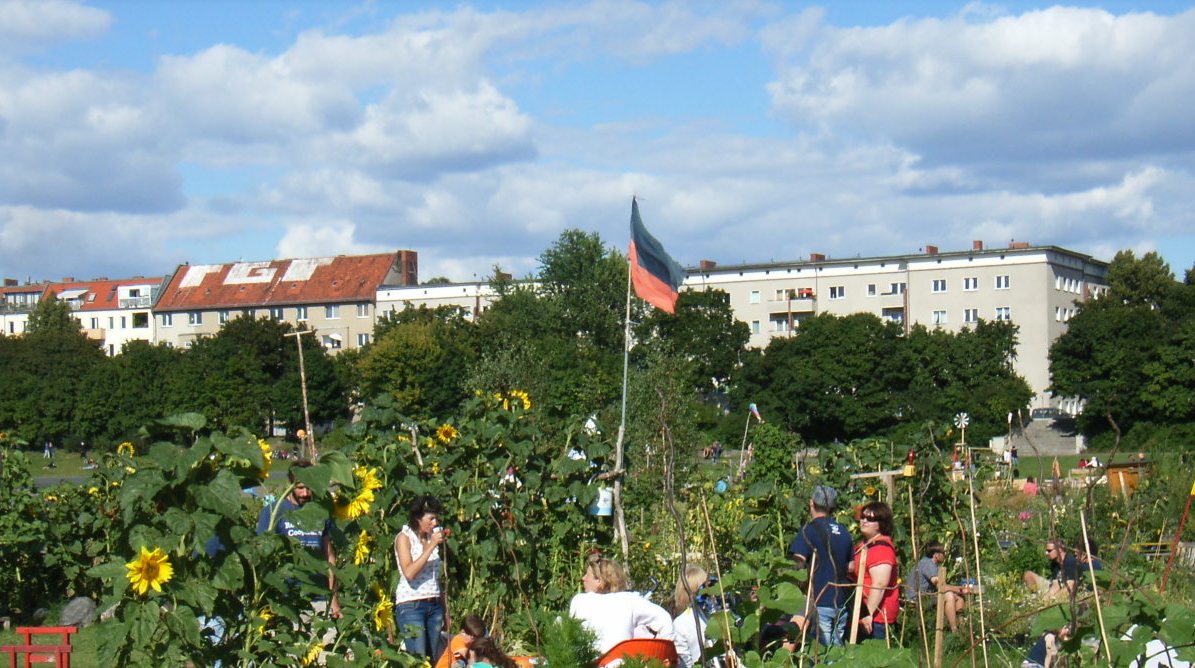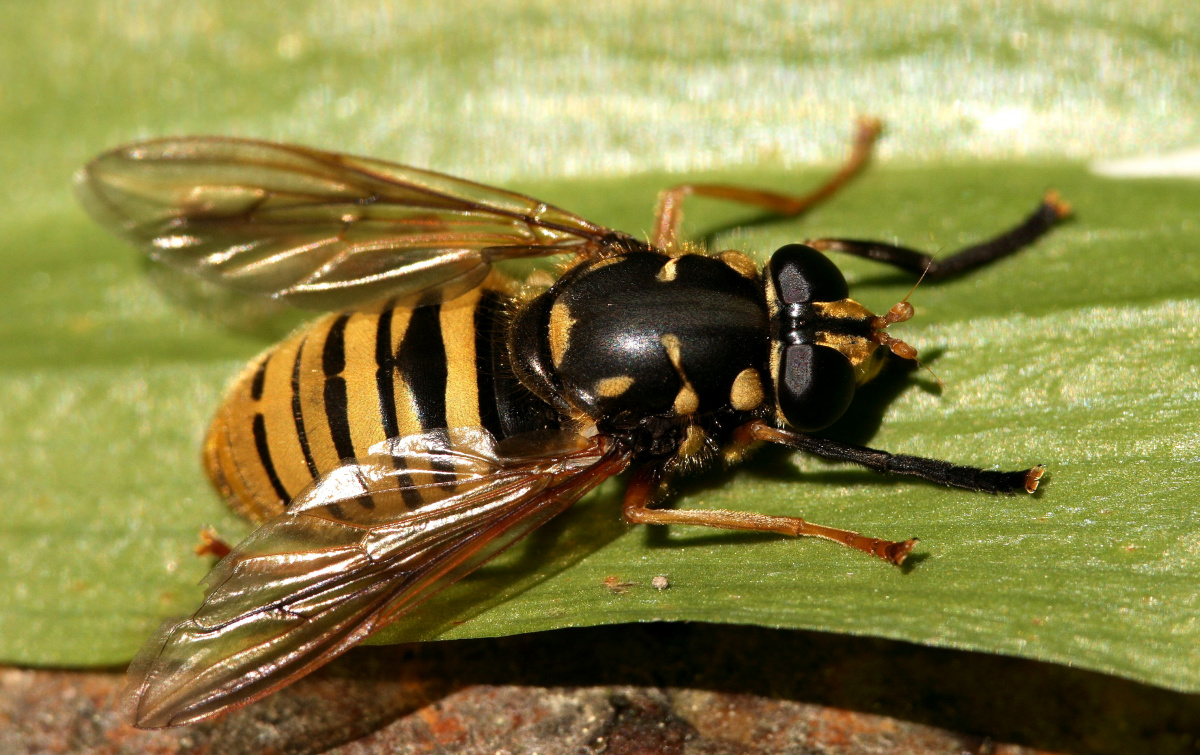URBES Fact sheet #4: The Cities and Biodiversity Outlook
This URBES factsheet presents the Cities and Biodiversity Outlook and the ten key messages that the project has produced.

Photo: Annette Voigt
The world is increasingly urban and if current trends continue by 2050 the global urban population is estimated to nearly double to around 6.5 billions. This presents unprecedented challenges for both halting biodiversity loss and fostering sustainable urban development, but it also offers opportunities. Nature-based solutions present novel ways to employ biodiversity and ecosystems to address some of the most pressing challenges, such as climate change, water and food security.
At the request of the parties of the United Nations Convention on Biological Diversity, and with strong support from the URBES partners, an international team of scientists has produced the Cities and Biodiversity Outlook. This is the first scientific assessment of how global urbanization trends affect biodiversity and ecosystem dynamics around the world. It explains how biodiversity and ecosystem services can be managed and restored in innovative ways to reduce the vulnerability of cities to climate change and other disturbances. It also provides decision-makers, planners and experts with practical guidelines, highlighting the complementary roles of authorities on national, sub-national and local levels in preserving biodiversity in cities as well as in distant places.
The project has resulted in two main publications: the shorter report "Action and Policy" presenting ten key messages from the Cities and Biodiversity Outlook, and the more extensive scientific foundation "Urbanization, Biodiversity and Ecosystem Services - Challenges and Opportunities".



